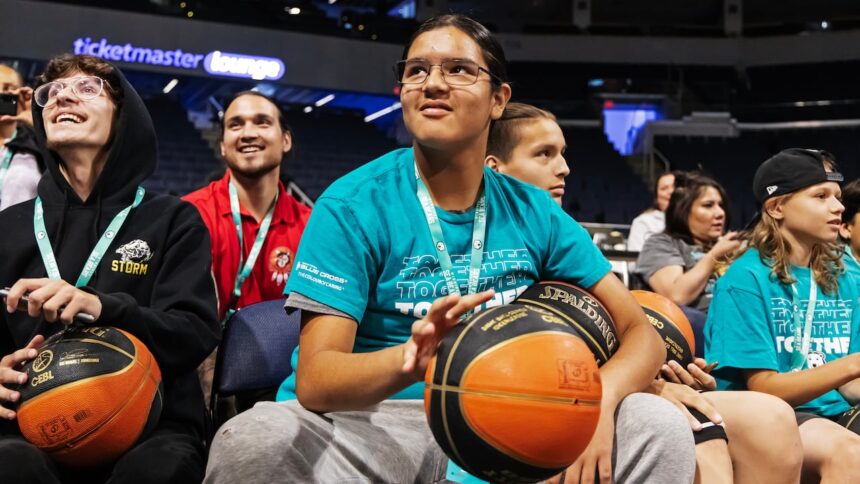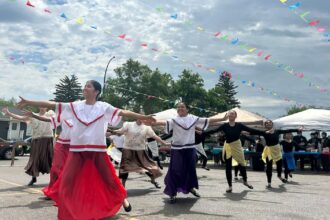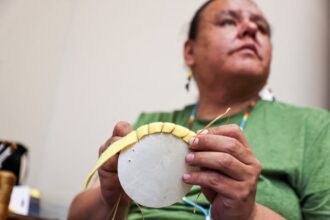In a vibrant display of cultural pride that transcends the boundaries of sport, the Sea Bears basketball team has introduced a powerful new tradition that speaks volumes about reconciliation in action. The team’s recent celebration featuring indigenous braids isn’t merely a symbolic gesture—it represents a profound reconnection to heritage that resonates deeply within Manitoba’s Indigenous communities.
When the Sea Bears take to the court with their hair styled in traditional braids, they’re doing far more than preparing for a game. They’re participating in a sacred practice that has survived centuries of attempted cultural erasure. The braid ceremony, conducted before key matches, transforms what could be a routine pre-game ritual into a moment of genuine cultural reclamation.
“The braid represents strength, unity, and our connection to ancestors,” explains Elder Sarah Whitehawk, who helps guide the ceremony. “When these players wear their hair this way, they’re carrying generations of resilience onto that court.”
What makes this initiative particularly meaningful is how it emerged organically from conversations between team management and local Indigenous leaders. Rather than approaching reconciliation as a marketing strategy or a box to check, the Sea Bears organization engaged in meaningful dialogue about how to authentically honor the land’s original stewards.
The impact extends far beyond the arena walls. Young Indigenous fans witnessing their cultural practices celebrated in mainstream spaces experience a powerful affirmation of identity. For many, it’s the first time seeing elements of their heritage showcased with such reverence in a professional sports setting.
This cultural celebration comes at a time when Canada’s relationship with Indigenous peoples continues to evolve through complicated terrain. Sports franchises across North America have faced justified criticism for appropriating Indigenous imagery while failing to support actual Indigenous communities. The Sea Bears’ approach offers a thoughtful alternative—centering Indigenous voices in the development of cultural programming.
Team captain Michael Redbird, who proposed the braid ceremony after conversations with his grandmother, sees it as more than symbolic. “This isn’t about performance. It’s about honoring practices that kept our people strong through incredibly difficult times. When I wear my hair in a traditional braid, I feel a different kind of strength.”
What’s particularly striking about the Sea Bears’ initiative is how it’s opened doors for deeper cultural education. Post-game discussions now frequently include elders sharing traditional stories, creating space for meaningful cultural exchange in an environment where excitement about basketball serves as the initial connection point.
The celebration has sparked conversation throughout Manitoba about how other organizations might thoughtfully incorporate Indigenous traditions. As one community member noted during a recent game, “They didn’t just adopt the aesthetics—they’ve embraced the meaning behind the practice, and that makes all the difference.”
As we witness more professional sports teams attempting to navigate reconciliation, the Sea Bears’ approach offers a valuable blueprint: start with relationship-building, center Indigenous voices, and recognize that meaningful cultural celebration requires ongoing commitment rather than one-time gestures.
In a world where cultural appropriation remains commonplace, the distinction between exploitation and genuine honor becomes increasingly important. The Sea Bears have demonstrated that when approached with respect, cultural celebrations can become powerful vehicles for healing and understanding. The question remains—will other organizations follow their lead with the same depth of commitment to authentic cultural recognition?























